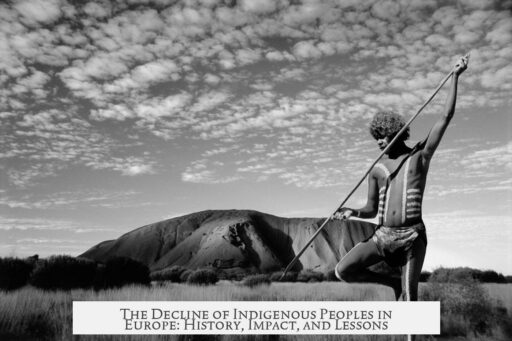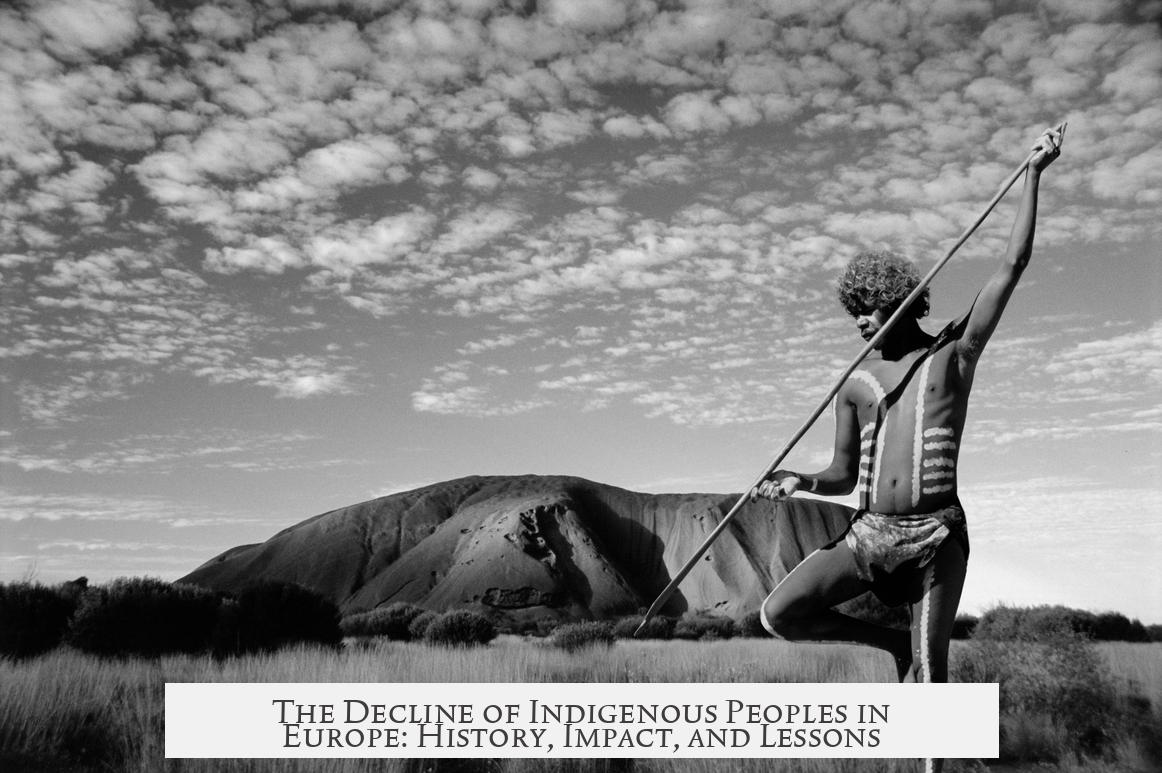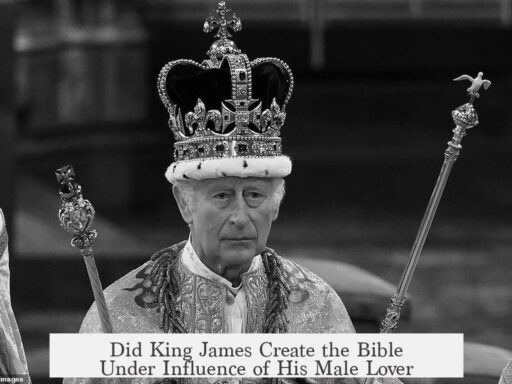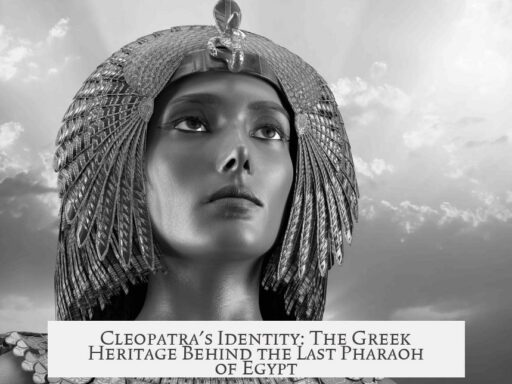There are few indigenous peoples in Europe because the concept of indigeneity relies on the existence of settler colonialism, which Europe largely lacks within its own continent. Indigeneity requires one group being displaced or dominated by settlers who impose new social and political systems. In Europe, most populations have developed through long, complex historical consolidations rather than recent settler colonial displacement, limiting the presence of recognized indigenous groups.
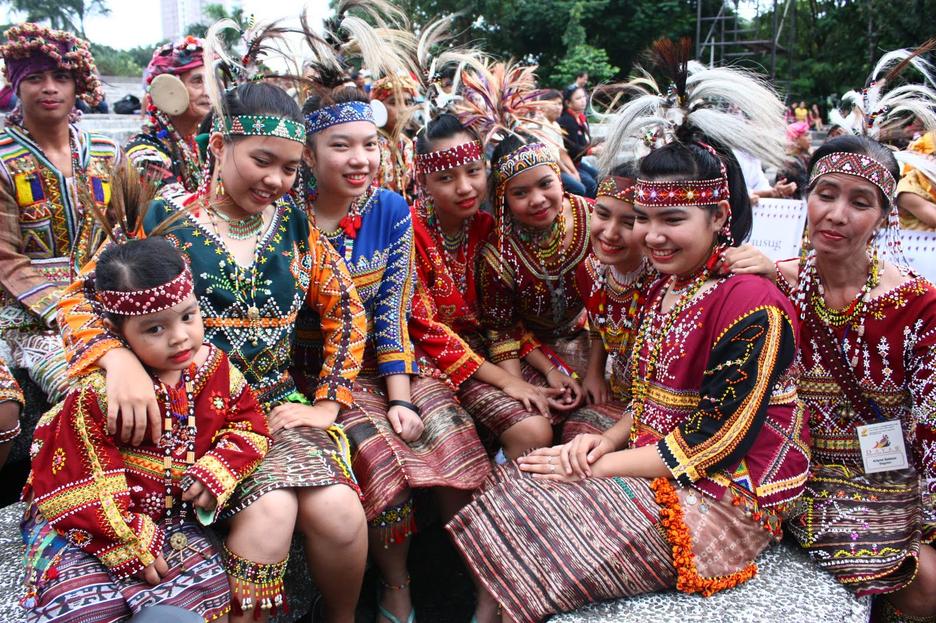
Understanding why Europe has few indigenous peoples requires addressing the political nature of indigeneity. The term indigeneity only has meaning in relation to settler colonialism. Settler colonialism occurs when an invading population occupies land, displaces or exterminates its native inhabitants, and establishes a new societal framework. Indigenous peoples are those groups present in the territory before this displacement, maintaining a distinct relationship with the land.
Settler colonialism is a historical and ongoing process seen clearly in regions like the Americas, Australia, and parts of the Middle East. In these contexts, indigenous peoples exist as distinct communities subject to marginalization and dispossession by settlers who benefit from this takeover. The settlers are not simply migrants but participants and beneficiaries of the displacement of the original inhabitants.
- This relationship defines indigeneity: identification with land before displacement and marginalization within the new settler society.
- In Europe, however, this dynamic mostly does not hold, because most populations evolved through internal migration, conquest, or integration rather than settler colonial invasion.
Race historically plays a critical role in legitimating settler colonial societies by structuring social hierarchies. Settlers gain privilege through racial classification that justifies the dispossession of indigenous peoples. For example, in the United States, European settlers racialized themselves above Native Americans and African slaves to validate their dominating social order.

This racial legitimation process shows how settlers become a privileged class, often including groups that were initially marginalized themselves. The Irish in America illustrate this: initially oppressed, they secured whiteness and settler privileges by participating in the systemic oppression of Black people and Native Americans. This shift transformed them from oppressed immigrants into beneficiaries of settler colonialism.
Race and indigeneity are deeply contextual. In Europe, the Irish were once the indigenous majority but became marginalized after English conquest, especially through religious identification. The English settled Protestants in Ireland to maintain control, creating a settler-indigenous division based on religion: Protestant English settlers and Catholic Irish natives.
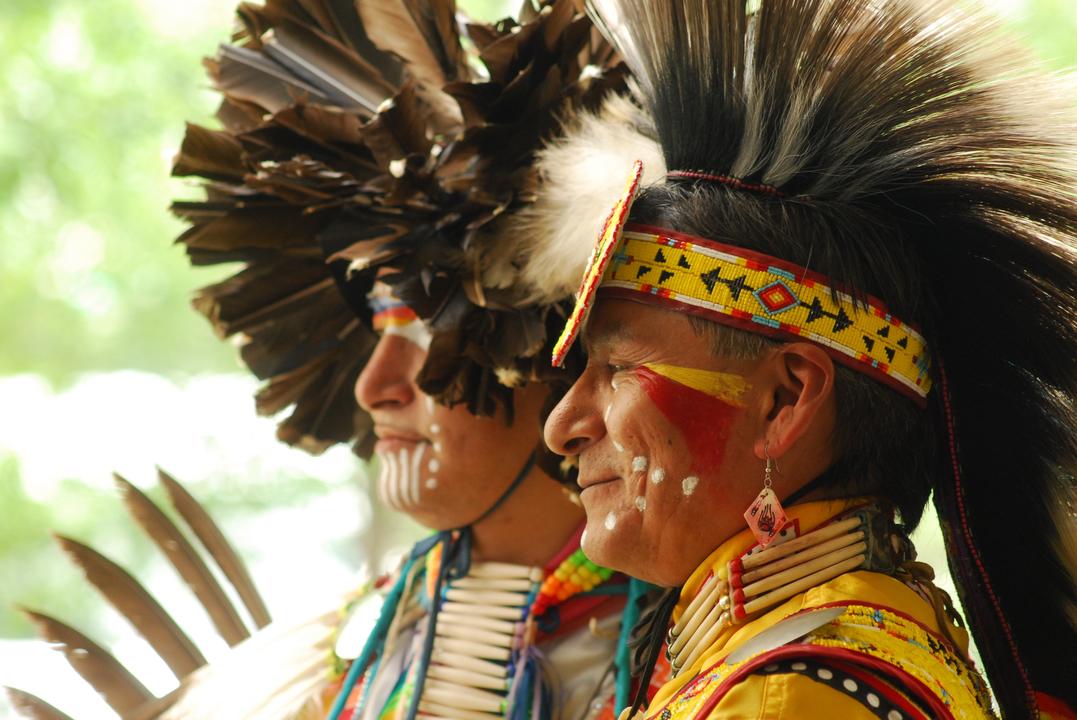
Europe’s historical experiences with population displacement and consolidation differ from settler colonial models. Although some European groups—the Saami in northern Scandinavia, the Circassians in the Caucasus, and the Romani across various countries—have faced indigenous-like marginalization and displacement, most European populations were not displaced in the settler colonial sense.
Rather than wholesale replacement by foreign settlers, Europe’s boundaries and ethnic compositions have been shaped through centuries of war, migration, assimilation, and political union. Indigenous status depends on a clear distinction between a displaced native group and incoming settlers establishing a new social order, and this framework rarely applies within Europe itself.
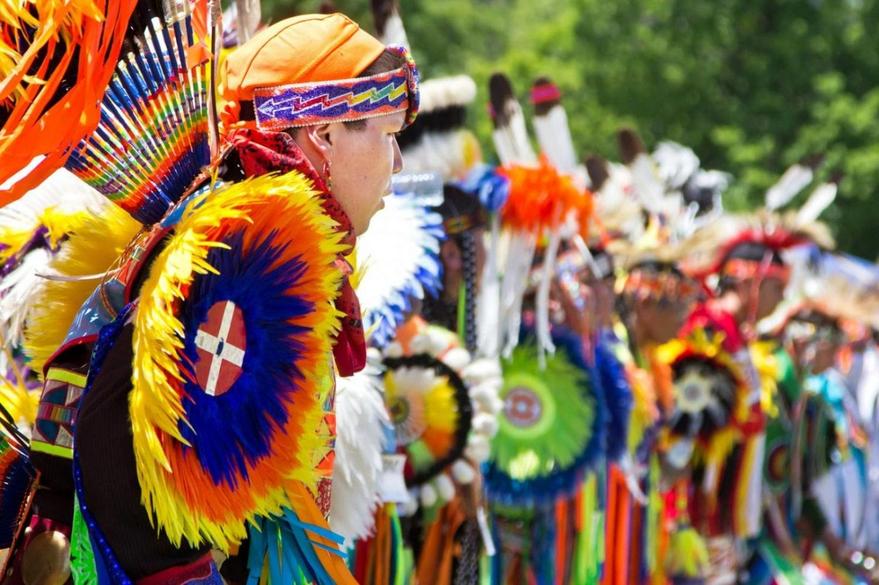
| Factor | Influence on Indigenous Populations in Europe |
|---|---|
| Settler Colonialism | Minimal within Europe, fewer indigenous groups recognized |
| Population Consolidation | Populations shaped by migration, conquest, assimilation |
| Race and Religion | Used to distinguish groups e.g. Irish Catholics vs. English Protestants |
| Recognized Indigenous Groups | Examples include Saami, Circassians, Romani, Irish in specific contexts |
In summary, Europe’s demographic and political history explains the scarcity of indigenous peoples compared to regions affected by settler colonialism. Most Europeans today descend from populations that have long inhabited their lands under evolving social and political arrangements, not from peoples displaced by distinct settler colonies. Where indigenous peoples exist, they tend to be historically marginalized minorities with specific cultural, linguistic, or geographic distinctions.
- Indigeneity depends on settler colonial displacement, which is limited within Europe.
- Most European populations evolved through internal processes, not settler colonialism.
- Race and religion have shaped intra-European identities, sometimes mimicking settler-indigenous dynamics locally.
- Few European groups meet indigeneity criteria; examples include Saami, Circassians, Romani, and Irish in some contexts.
Why Are There So Few Indigenous Peoples in Europe?
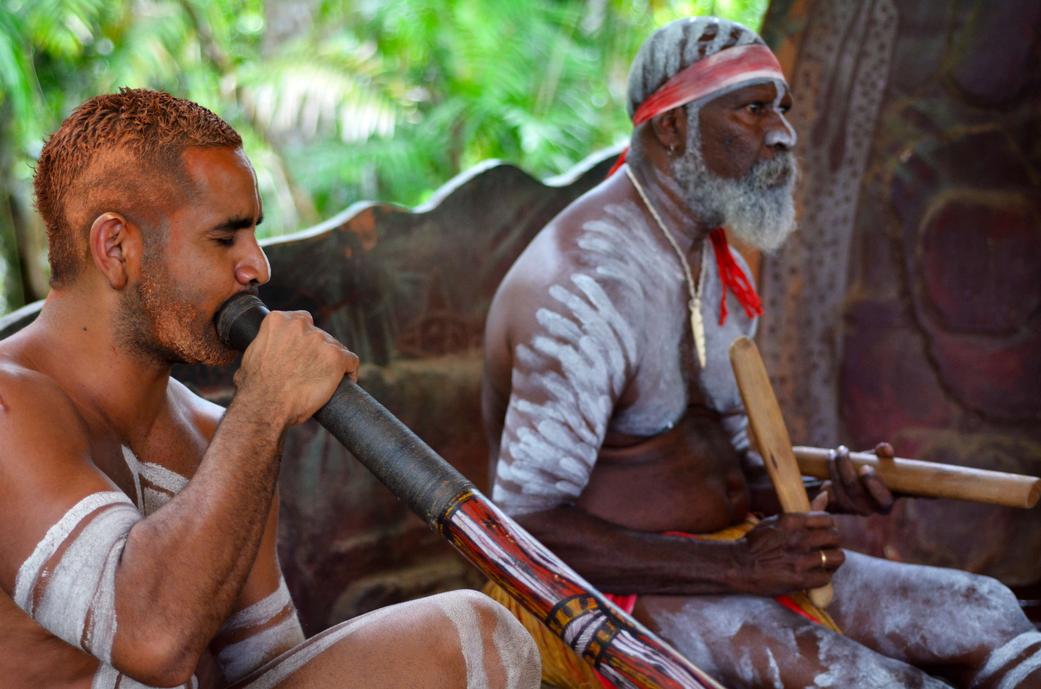
Let’s start with the straightforward answer: there are so few recognized Indigenous peoples in Europe because the concept of indigeneity itself is tied to settler colonialism, which most of Europe never underwent in the same way regions like the Americas, Australia, or Israel have. Without settler colonialism uprooting and replacing native populations, indigeneity as a political and social category simply doesn’t arise.
Sounds a bit political? It is. Your question leads us into choppy waters where history, race, and politics swirl together like an unshaken snow globe. But that’s exactly where we have to plunge in for some clarity.
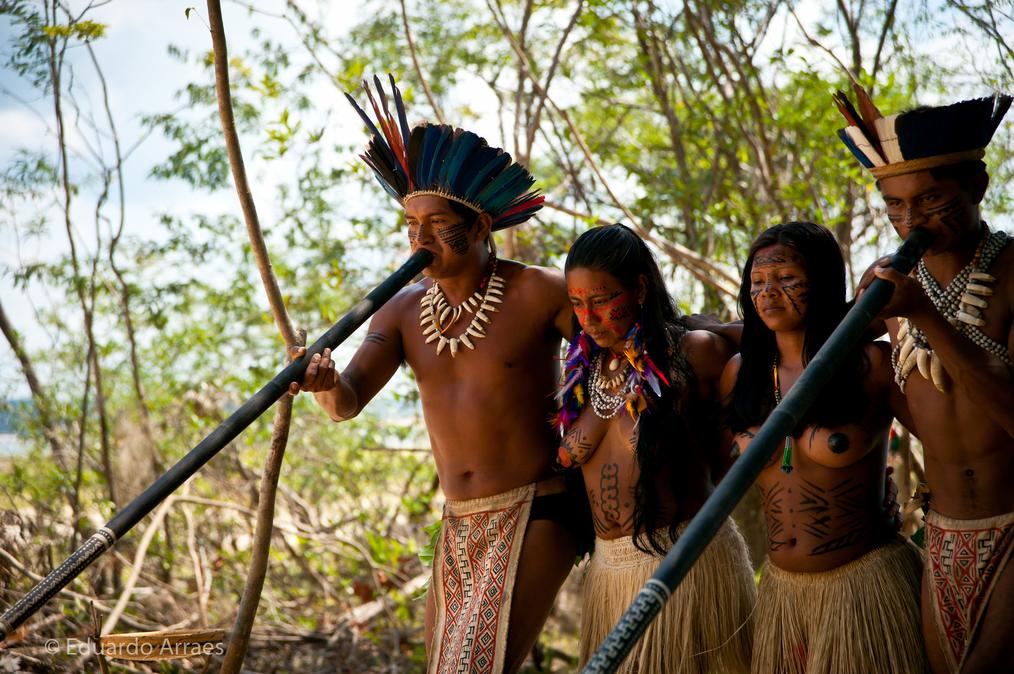
What Is Indigeneity Anyway?
Indigeneity is not just about being “the first people” somewhere. It’s a status defined by a complex relationship to the land and species of societal structures that emerge around that land. Crucially, for a group to be labeled as Indigenous, there must be another group who came later—settlers—who displaced the original inhabitants.
Think of it this way: without settlers coming in, taking over, and imposing new systems, there’s no room for indigeneity to be a meaningful concept. Europeans largely developed within their own continents without such a transformative settler colonial dynamic. Hence fewer recognized Indigenous peoples.
The Brutal Truth About Settler Colonialism
Settler colonialism means a foreign group doesn’t just visit or exploit; it stays, takes over the land, and pushes the original inhabitants out—through expulsion, extermination, or assimilation.
“Settler colonialism involves the implantation of another population after the native one is dispossessed.”
This happened in places like the United States, Australia, and Israel, where the native populations were either marginalized or nearly wiped out. Europe, by contrast, saw invasions and migrations, yes, but not wholesale implantation of completely new settler populations who replaced the natives en masse. The peoples who lived in Europe evolved rather than being utterly erased.
Race: The Hidden Engine of Settler Societies
Settler colonial societies use race to justify their actions and maintain their privileges. Settlers are racialized as beneficiaries of a colonial system, while Indigenous peoples are depicted and treated as deprived or inferior.
Race here is less about biology and more about power dynamics. It creates a hierarchy: settlers (the privileged) and Indigenous (the dispossessed). In other words, race acts as a social tool to enforce colonial rule.
Interestingly, some groups have transformed over time to become settlers themselves by “buying into” these privileges. For example, Irish immigrants in America—initially oppressed—became classified as “white settlers” by participating in the oppression of Black people and Native Americans. In Ireland, however, the role flips: Catholics were often considered Indigenous, Protestants settlers, based on religious lines planted during English conquest.
Europe: A Different Story
Europe lacks a widely recognized Indigenous population because the continent mostly escaped the specific kind of settler colonialism that creates indigeneity. Many European peoples faced oppression or conquest, but they generally weren’t fully displaced or replaced. So indigeneity, as defined by settler colonial frameworks, struggles to apply.
That’s why only a handful of groups in Europe align with the indigeneity concept. These groups include the Irish, the Sámi in Northern Scandinavia, Circassians in the Caucasus, and the Romani people. But even these cases differ significantly from classic settler colonial scenarios elsewhere.
Why Does This Matter?
It’s not just academic trivia. Recognizing how indigeneity is framed reveals power structures and ongoing struggles for rights. It’s a spotlight on who gets to claim “native status” and why, influencing everything from land claims to cultural preservation.
Imagine labeling every displaced group Indigenous without the settler colonial context. The term loses its force and political significance. This careful distinction matters both for justice and clarity.
Lessons from Europe for Global Understanding
- Indigeneity is contextual: It arises from specific historical and political conditions – namely settler colonialism. Without that backdrop, indigeneity as a political identity doesn’t fully form.
- Race and power: The construction of race has helped settler societies stay in power through alliances that cut across social classes.
- Indigenous peoples in Europe are rare but real: Groups like the Sámi and the Circassians remind us that indigeneity exists in nuanced, diverse contexts.
Practical Reflections
If you’re wondering why Indigenous rights movements have more traction outside Europe, now you see why. The history here looks different, so the vocabulary around indigeneity shifts. That difference influences policies, recognition, and resources.
Does this mean Europe has no native cultural or ethnic groups worth protecting? Not at all. The issues around national minorities and cultural preservation are vital. But these are framed differently from the settlers vs. Indigenous paradigm seen on other continents.
So, next time you hear about Indigenous peoples and think “Why not Europe?”—remember the tangled web of history behind that question. The scarcity of Indigenous peoples is less a mystery than a reflection of Europe’s unique historical path.
In Conclusion
Europe’s story doesn’t involve settler colonialism at the scale that gives rise to indigeneity as a political category. Most European populations evolved in place or displaced others long ago, without the clear settler/native divide acting as the centerpiece. As a result, indigeneity isn’t broadly recognized here.
But a few groups challenge the norm, showing us how indigeneity is never a simple matter. Instead, it’s a living, political issue shaped by history, race, and land. The scarcity of Indigenous peoples in Europe reflects an absence of settler colonialism—not an absence of native peoples or cultural histories.
So, should Europe adopt Indigenous frameworks wholesale? Not without careful thought and respect. Each continent’s history demands its own approach to identity, rights, and justice.
Understanding this can help us better support Indigenous rights everywhere and grasp how history shapes who counts as Indigenous. Now that’s food for thought! What other nuances about indigeneity do you wonder about?
